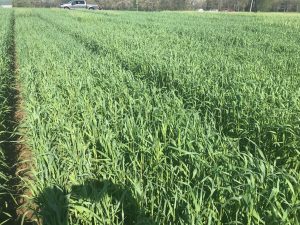
Photo by Brook Wilke.
A recently published article based on a multi-year study aims to help growers and distillers select the best rye varieties for Michigan crops.
A team of scientists at Michigan State University, including Brook Wilke, associate director of agronomy for the W.K. Kellogg Biological Station’s Long-term Agroecology Research site, among others, has been evaluating cereal rye varieties at three different Michigan locations since the fall of 2019 to determine what varieties are best suited for end use in distilled spirits.
About the project
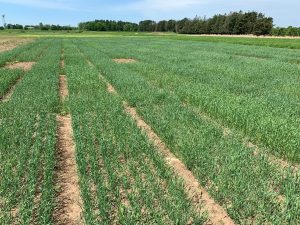
Photo by James DeDecker.
In research plots at KBS in Hickory Corners and at sites in the Upper Peninsula town of Chatham and in Gratiot County, more than 20 varieties were evaluated for attributes including yield, protein content, spirit yield, and flavor, managed with either normal or enhanced practices. A report summarizing two years of trials details some of the findings.
The next steps in the ongoing project are to produce a subset of these rye varieties in larger quantities at multiple locations to facilitate higher volume spirit production, allowing professionally trained tasting panels to evaluate specific flavor profiles of unique varieties grown in different locations.




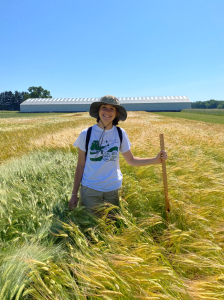
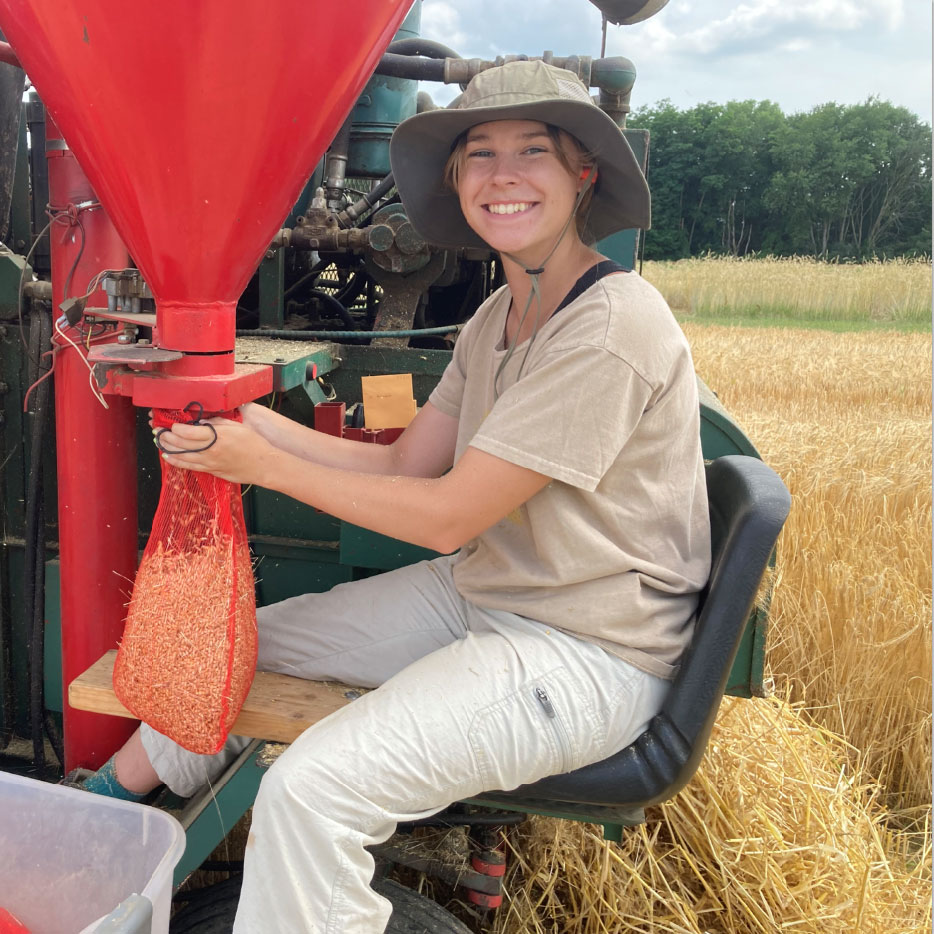
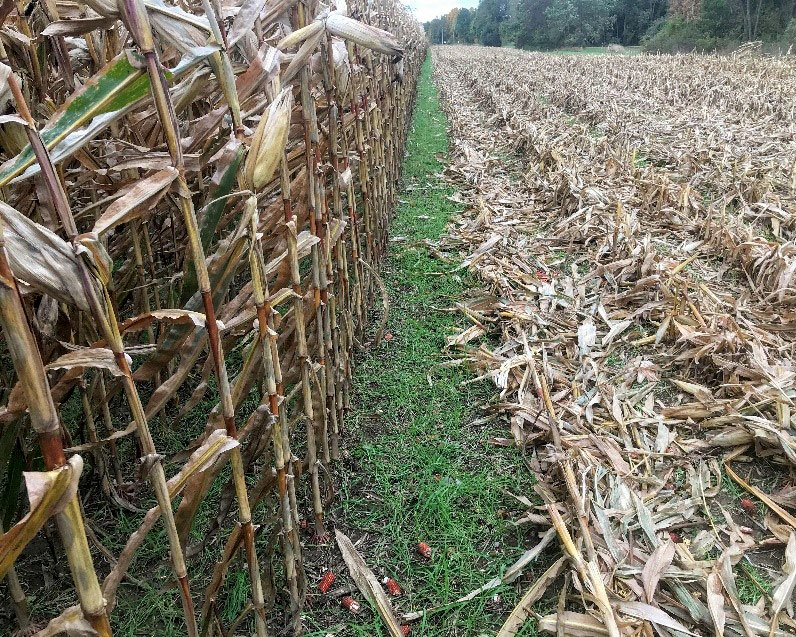
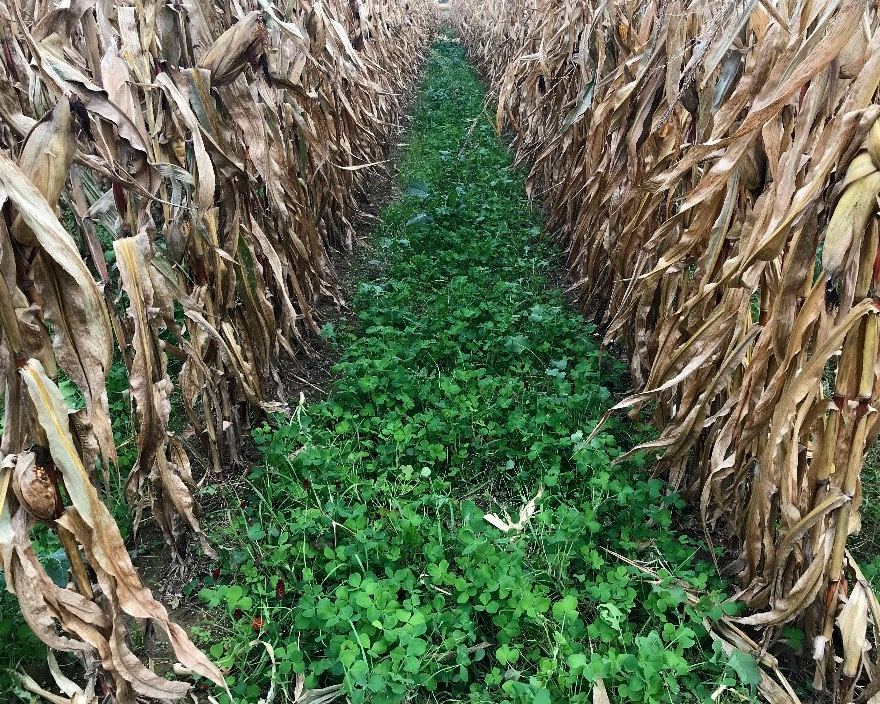
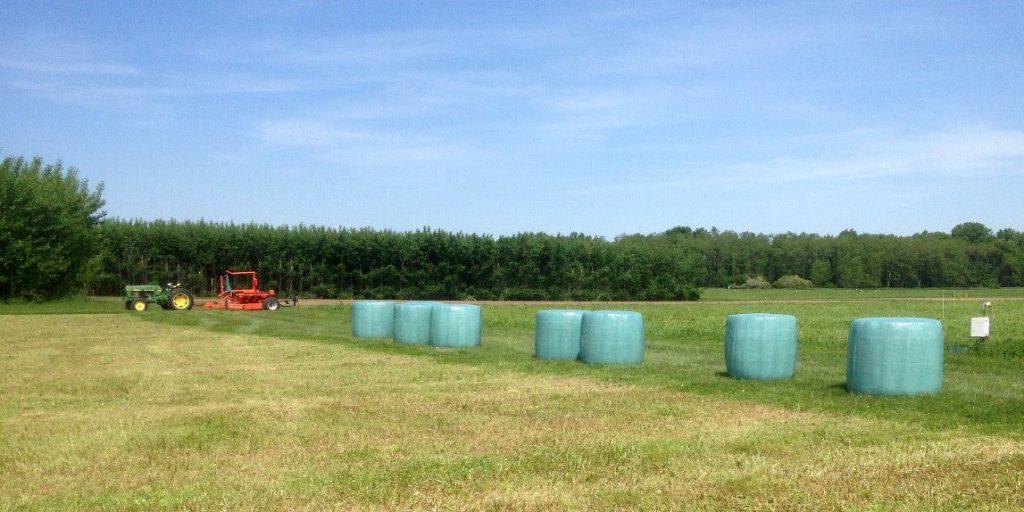
10461 N. 40th St.
Hickory Corners, MI 49060
(269) 671-2402
kelloggfarm@kbs.msu.edu